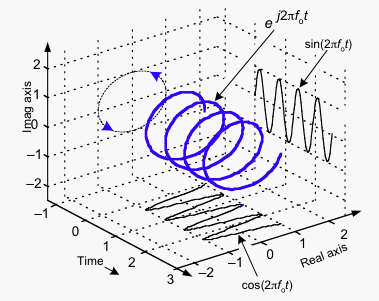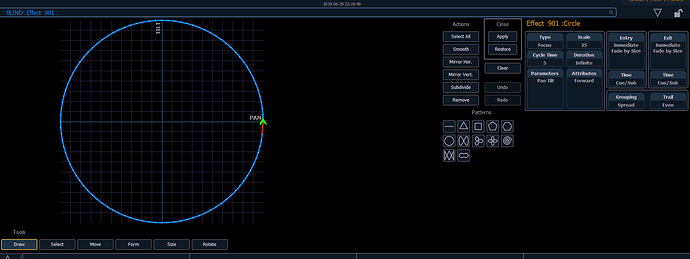That image actually makes it look way more complicated than it really is.
If you ignore all the fancy formulas and math terms, it’s really just a logical extension of what we looked at in previous lectures.
We know that, as you move around the circumference of a circle, you’re changing the x-coordinate by cos(theta) and the y-coordinate by sin(theta).
Now, to turn the circle into a spiral, you just need to start moving it forward.
So if you also increase your z-position at a constant rate, you’ll end up stretching out that circle into a spiral.
This is why you can do it in 3D but not in 2D. You need that third dimension in order to push the circle forward and turn it into a spiral.


